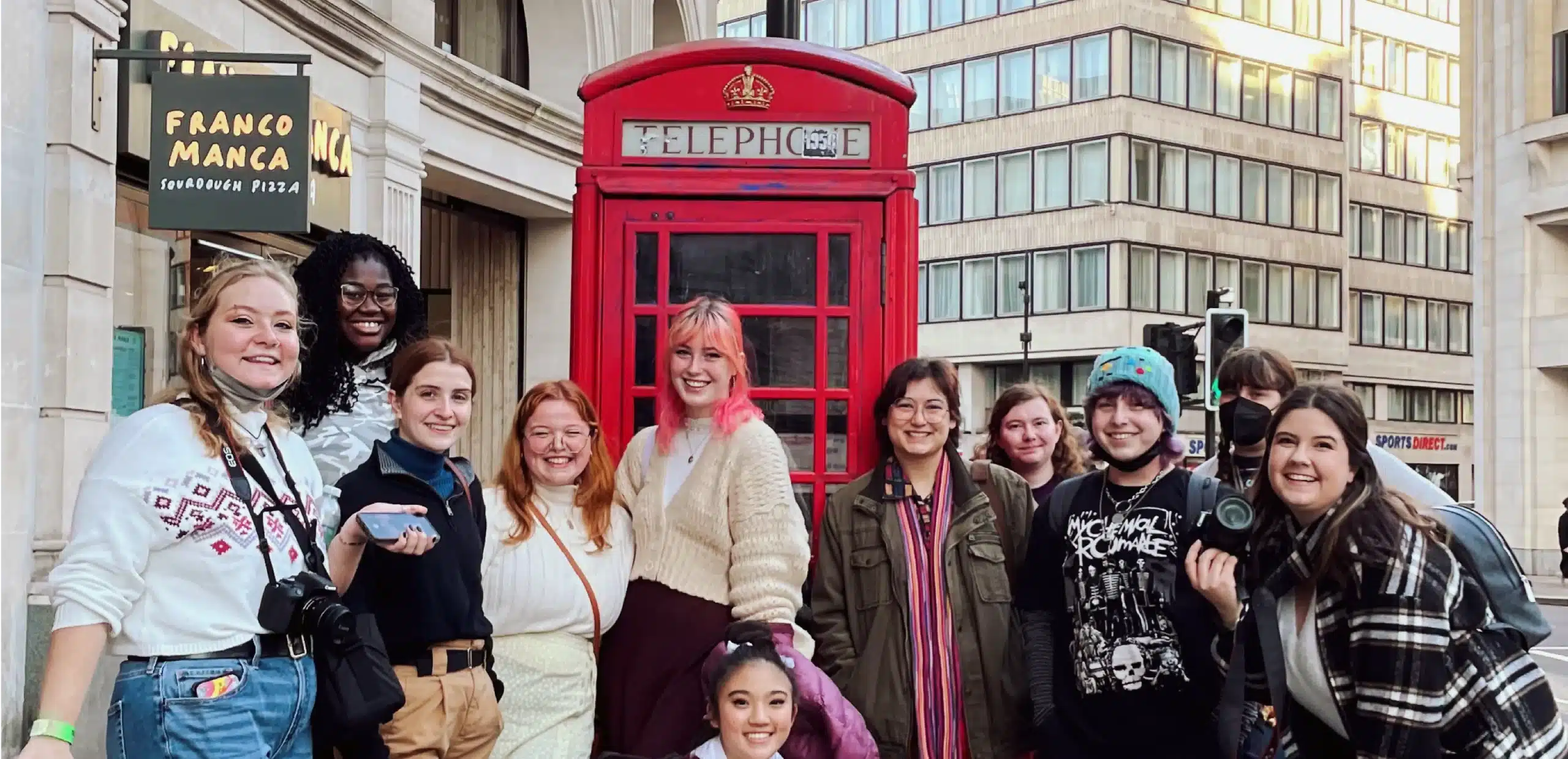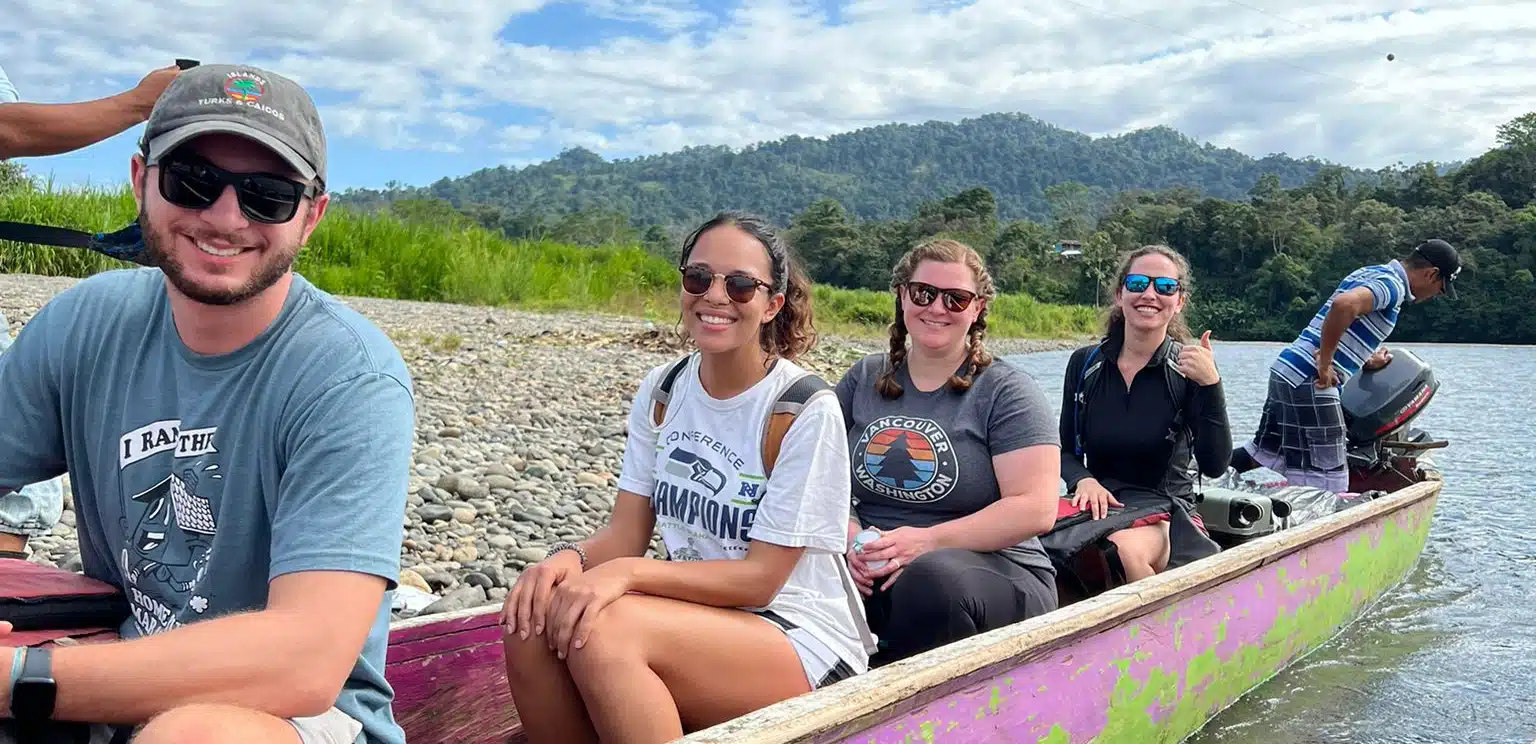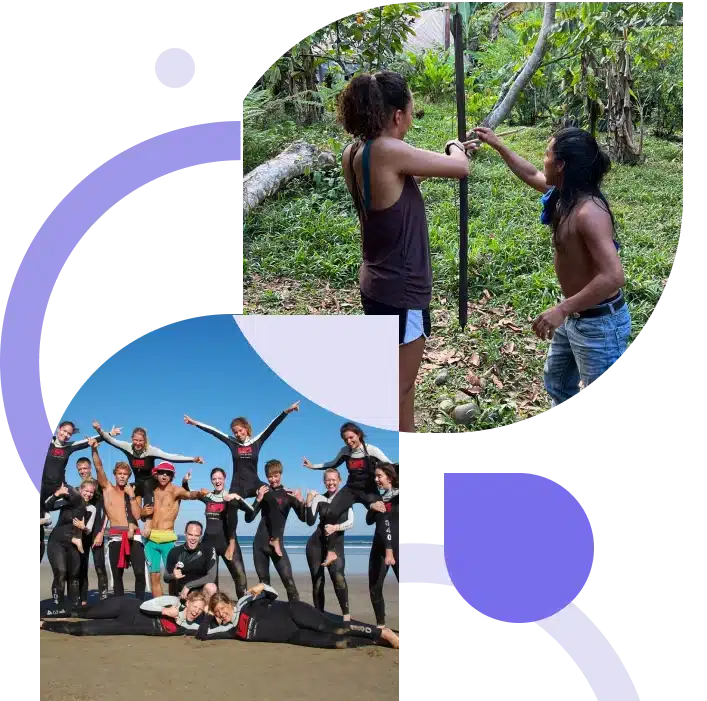Our programs
Whether you’re seeking a solo adventure or a week-long immersive group experience, our programs for U.S. Residents and permanent residents are sure to offer something for you.
All programs
Browse all of our international travel opportunities for U.S. citizens and permanent residents.

U.S. Residents
Work & Travel Australia
Price: $895
- Income: $24.00 AUD hourly
- Duration: Up to one year
- Start Dates: Year-round
- Accommodation: Self-directed

U.S. Residents
Work & Travel Canada
Price: $1395
- Income: $14.00+ CAD hourly
- Duration: Up to one year
- Start Dates: Year-round
- Accommodation: Self-directed

U.S. Residents
Work & Travel Canada Young Professional
Price: $1295
- Income: $14.00+ CAD hourly
- Duration: Up to one year
- Start Dates: Year-round
- Accommodation: Self-directed

U.S. Residents
American Summer Exchange
Price: $295
- Income: At least mimimum wage
- Duration: 5-12 weeks
- Start Dates: Flexible
- Accommodation: Employee or Group Housing

U.S. Residents
Theater & History in the UK
Price: $2750
- Duration: 7 days
- Start Dates: January and June
- Accommodation: Hostels & Hotels

U.S. Residents
Sustainable Action Costa Rica
Price: $1750
- Duration: 8 days
- Start Dates: January and June
- Accommodation: Hostels & Hotels

U.S. Residents
Christianson Fellowship
- Funding: Up to $10,000
- Duration: 6-12 months
- Application Dates: March 15, July 15, October 15
Work & Travel

U.S. Residents
Work & Travel Australia
Price: $895
- Income: $24.00 AUD hourly
- Duration: Up to one year
- Start Dates: Year-round
- Accommodation: Self-directed

U.S. Residents
Work & Travel Canada
Price: $1395
- Income: $14.00+ CAD hourly
- Duration: Up to one year
- Start Dates: Year-round
- Accommodation: Self-directed

U.S. Residents
Work & Travel Canada Young Professional
Price: $1295
- Income: $14.00+ CAD hourly
- Duration: Up to one year
- Start Dates: Year-round
- Accommodation: Self-directed

U.S. Residents
American Summer Exchange
Price: $295
- Income: At least mimimum wage
- Duration: 5-12 weeks
- Start Dates: Flexible
- Accommodation: Employee or Group Housing
Group Tours
InterExchange offers thoughtfully designed educational adventures for groups. Each trip is crafted to ensure that travelers can engage meaningfully with a new place and with each other, together exploring themes that serve as a window of insight into a new culture and region.

U.S. Residents
Theater & History in the UK
Price: $2750
- Duration: 7 days
- Start Dates: January and June
- Accommodation: Hostels & Hotels

U.S. Residents
Sustainable Action Costa Rica
Price: $1750
- Duration: 8 days
- Start Dates: January and June
- Accommodation: Hostels & Hotels
Language Exchange
Partnering with Máximo Nivel, InterExchange offers a range of language teaching and learning programs abroad.

U.S. Residents
Volunteer to Teach English in La Antigua, Guatemala
Price: $685
- Duration: 1 week+
- Start Dates: Year-round
- Accommodation: Various

U.S. Residents
Volunteer to Teach English in Cusco, Peru
Price: $685
- Duration: 1 week+
- Start Dates: Year-round
- Accommodation: Various

U.S. Residents
Volunteer to Teach English in Costa Rica
Price: $665
- Duration: 1 week+
- Start Dates: Year-round
- Accommodation: Various. Choose between Manuel Antonio or San José

U.S. Residents
Learn Spanish in Costa Rica
Price: $195
- Duration: 1 week+
- Start Dates: Year-round
- Accommodation: Various. Choose between Manuel Antonio or San José

U.S. Residents
Learn Spanish in La Antigua, Guatemala
Price: $60
- Duration: 1 week+
- Start Dates: Year-round
- Accommodation: Various

U.S. Residents
Learn Spanish in Cusco, Peru
Price: $75
- Duration: 1 week+
- Start Dates: Year-round
- Accommodation: Various
Foundation
The InterExchange Foundation supports young Americans with a passion for improving the world, with funding of up to $10,000 to perform meaningful service projects abroad.

U.S. Residents
Christianson Fellowship
- Funding: Up to $10,000
- Duration: 6-12 months
- Application Dates: March 15, July 15, October 15
All programs

U.S. Residents
Work & Travel Australia
Price: $895
- Income: $24.00 AUD hourly
- Duration: Up to one year
- Start Dates: Year-round
- Accommodation: Self-directed

U.S. Residents
Work & Travel Canada
Price: $1395
- Income: $14.00+ CAD hourly
- Duration: Up to one year
- Start Dates: Year-round
- Accommodation: Self-directed

U.S. Residents
Work & Travel Canada Young Professional
Price: $1295
- Income: $14.00+ CAD hourly
- Duration: Up to one year
- Start Dates: Year-round
- Accommodation: Self-directed

U.S. Residents
American Summer Exchange
Price: $295
- Income: At least mimimum wage
- Duration: 5-12 weeks
- Start Dates: Flexible
- Accommodation: Employee or Group Housing

U.S. Residents
Theater & History in the UK
Price: $2750
- Duration: 7 days
- Start Dates: January and June
- Accommodation: Hostels & Hotels

U.S. Residents
Sustainable Action Costa Rica
Price: $1750
- Duration: 8 days
- Start Dates: January and June
- Accommodation: Hostels & Hotels

U.S. Residents
Christianson Fellowship
- Funding: Up to $10,000
- Duration: 6-12 months
- Application Dates: March 15, July 15, October 15

The experience
We offer a range of experiences for U.S. citizens and permanent residents. These range from week-long educational tours to grants for long-term volunteer opportunities.
Benefits
Immerse yourself
By participating in an InterExchange program, you'll be experiencing the world as more than a tourist.
Boost your resume
Spending time abroad show future employers (or university admissions) that you possess valuable soft skills like communication and adaptability.
Create life-long memories
The friends you make and the adventures you embark on will forever shape who you are.

Cultivate global connection
- Email: [email protected]
- Phone: (800) 597-3675
Travel journal stories
February 22, 2024
February 9, 2024
February 5, 2024





